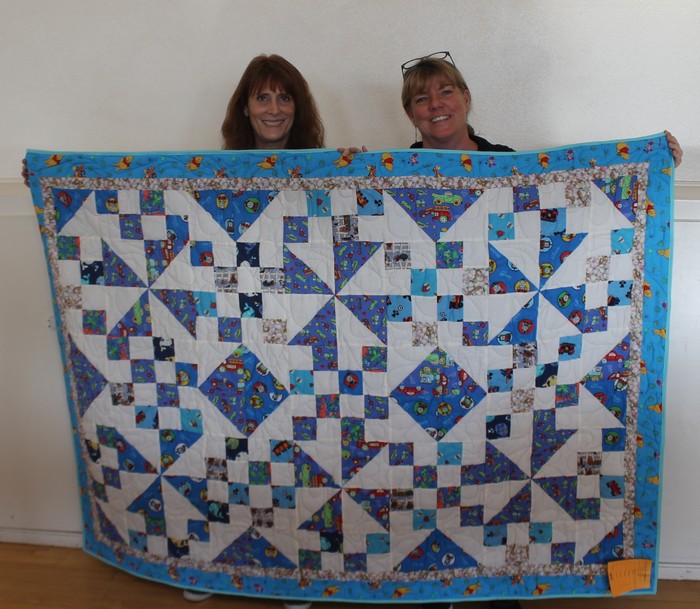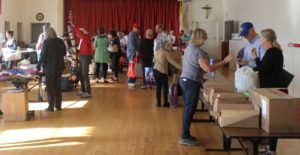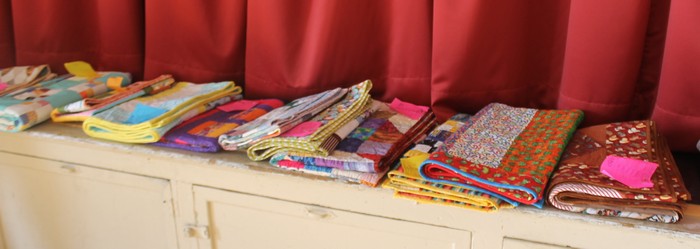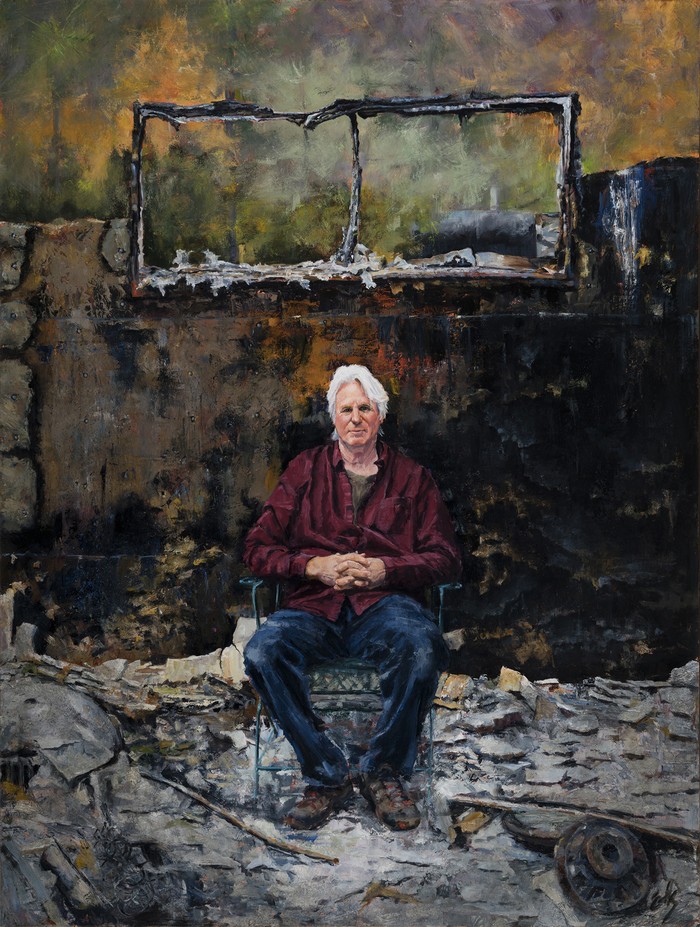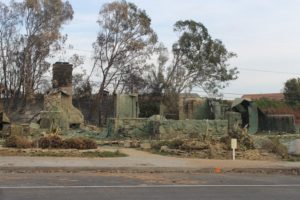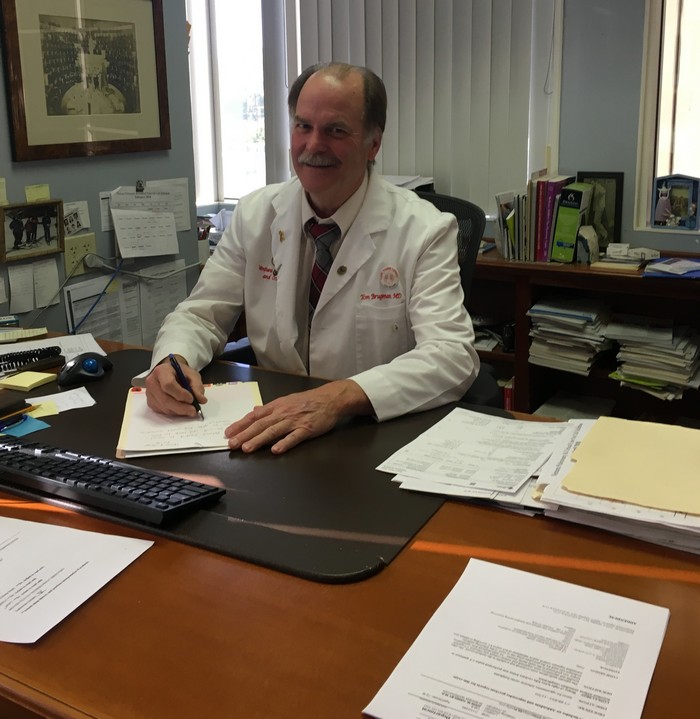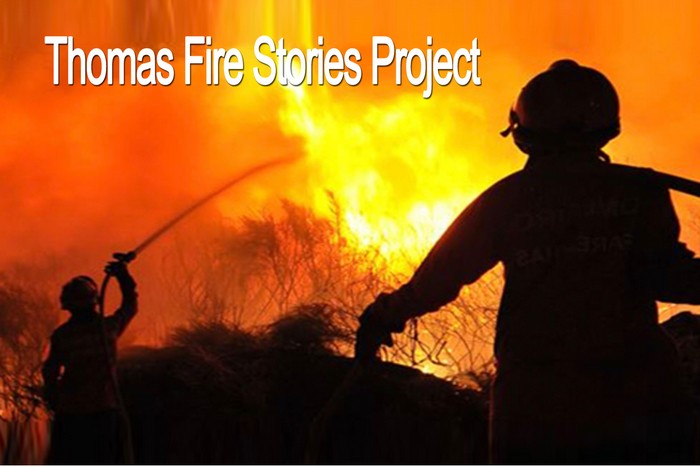The Ventura County Transportation Commission (VCTC) and University of California, Berkeley Department of Civil and Environmental Engineering (UC Berkeley) encourage Ventura County wildfire evacuees to participate in a study
VCTC and UC Berkeley announce the launch of a research project, Understanding the Decision Making Process of Evacuees, designed to learn more about evacuation decisions by households that experienced the December 2017 Southern California Wildfires, including the Thomas, Rye, Creek, and Skirball Fires.
The research project will help gain insight about wildfire evacuations and analyze how individuals make decisions after receiving a mandatory or recommended evacuation order. According to The New York Times, these four wildfires resulted in the evacuation of more than 200,000 California residents.
“VCTC is one of many local partners helping UC Berkeley collect survey responses for this study. The Commission recognizes the critical role transportation systems play in a safe, effective evacuation process,” said Darren Kettle, executive director of VCTC.
Surveys take approximately 20 minutes to complete. Participants are not required to be evacuees to take the survey. All participants will be entered into a drawing to win one of five Amazon Gift Cards each valued at $200. All participants will also have the opportunity to participate in a future focus group.
To participate in the survey, visit this link: https://berkeley.qualtrics.com/SE/?SID=SV_5A2yZRTA2HI5ebb&Q_JFE=0
For more information about the Understanding the Decision Making Process of Evacuees survey, contact:
Susan Shaheen, Professor (Faculty Sponsor) [email protected] or 510-642-9168
Joan Walker, Professor (Faculty Sponsor) [email protected] or 510-642-6897
Stephen Wong, Doctoral Student [email protected] or 330-998-4533
The Ventura County Transportation Commission is the regional transportation planning agency committed to keeping Ventura County moving. Program information is available at goventura.org.
